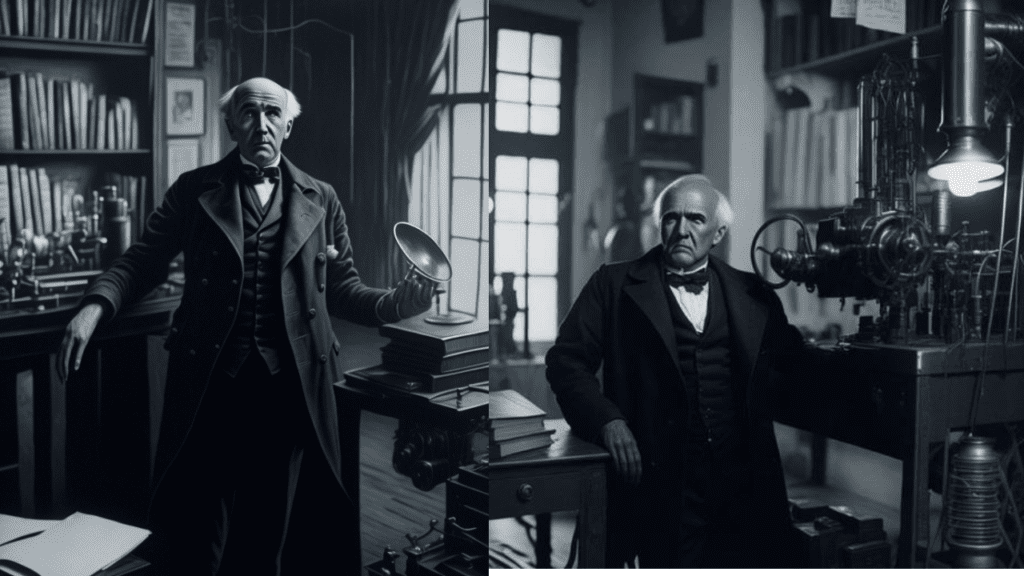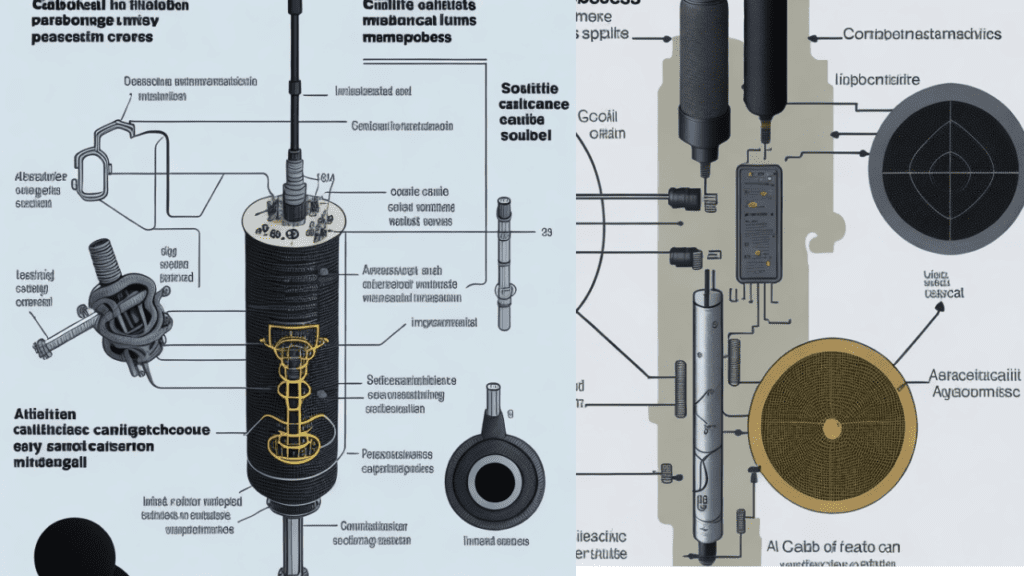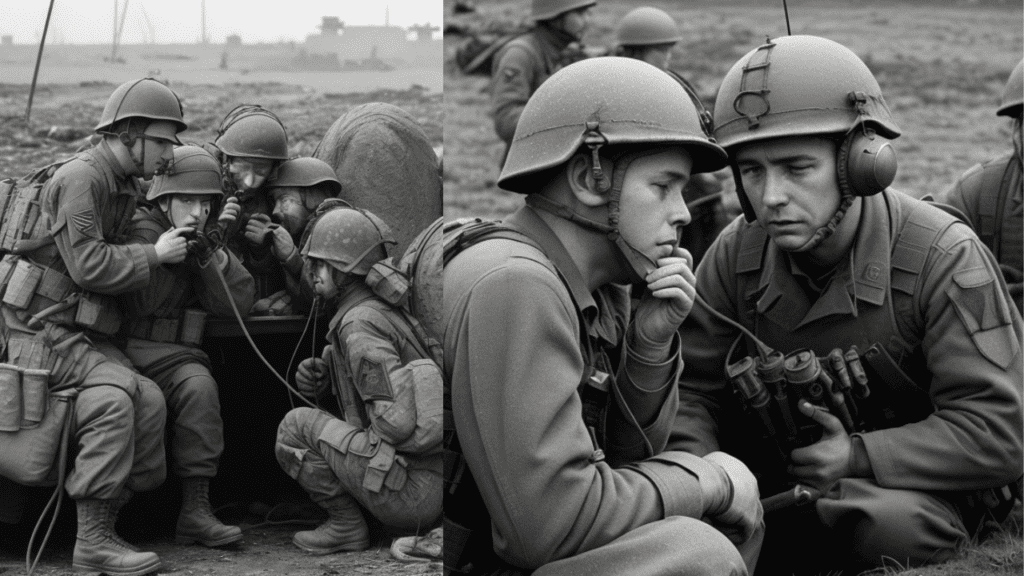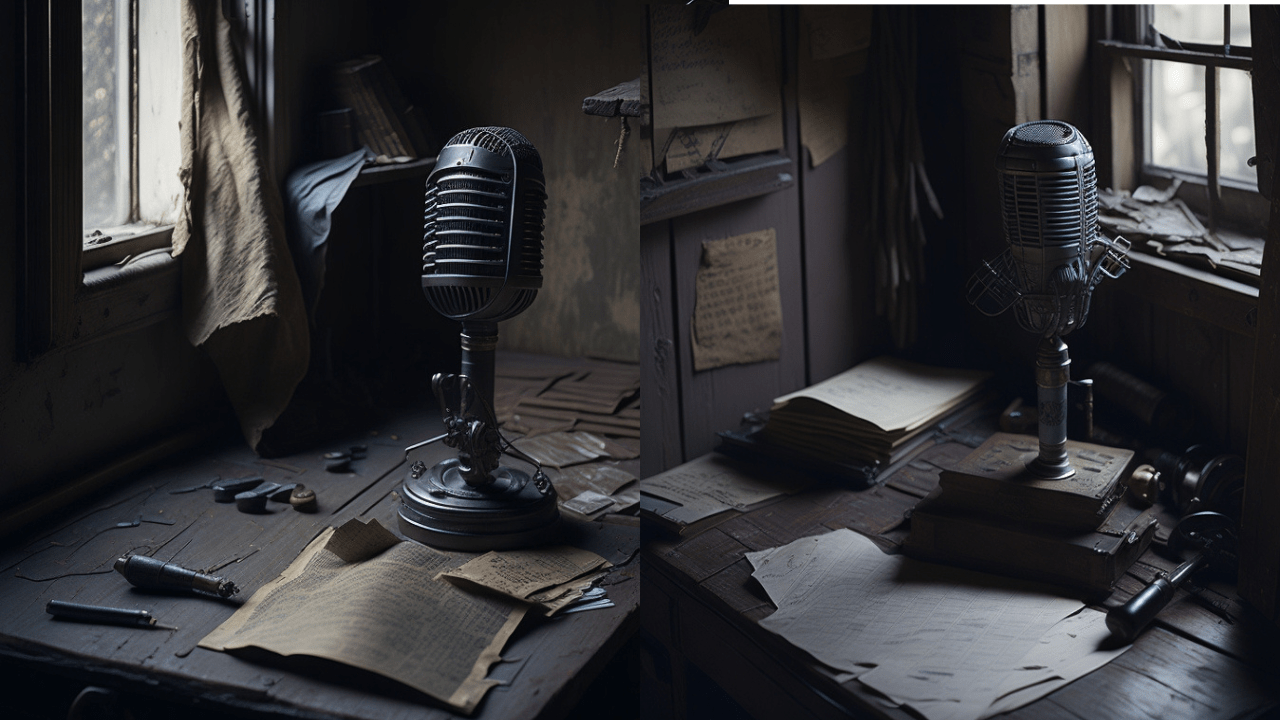Table of Contents
Introduction
In the realm of audio technology, one invention stands out for its pivotal role in shaping the way we communicate and broadcast sounds – the Carbon Microphone. This innovative device has a rich history that spans over a century, starting from its early days with carbon granules to its current state as a key component in various communication marvels. In this article, we delve into the captivating journey of the Carbon Microphone, exploring its roots, development, and transformative impact on the world of audio transmission.
Carbon Microphone History

The Carbon Microphone’s roots can be traced back to the 19th century, a time of remarkable inventions and scientific discoveries. Let’s take a closer look at how this revolutionary audio technology came into being:
The Early Spark: Invention of the Carbon Microphone

The Carbon Microphone’s history can be attributed to Sir David Edward Hughes, who, in 1878, made a groundbreaking discovery. Hughes found that when he passed a current through a loose contact between carbon rods, it produced a significant amplification of sound. This phenomenon laid the foundation for the carbon microphone’s development.
Development and Refinement of the Carbon Microphone

Following Hughes’ discovery, inventors across the globe explored and refined the concept of the carbon microphone. One such notable figure was Thomas Edison, who made significant contributions to its development. Edison patented an improved version of the carbon microphone in 1878, which consisted of carbon granules loosely packed between two electrodes. This design exhibited better sensitivity and became a standard for subsequent developments.
Mass Production and Commercial Success

As the 20th century dawned, the carbon microphone found its way into telephones, broadcasting systems, and early radio equipment. Its affordability, reliability, and acceptable sound quality made it immensely popular. Various companies began mass-producing carbon microphones, leading to widespread adoption in communication devices worldwide.
The Carbon Microphone in the Golden Age of Radio Broadcasting
During the golden age of radio broadcasting in the 1920s and 1930s, carbon microphones played a critical role in bringing news, entertainment, and information to the masses. Radio stations relied on these microphones to transmit the voices of iconic personalities, captivating audiences across the globe.
Carbon Microphone Vs. Condenser Microphone: The Rivalry
As technology advanced, the carbon microphone faced competition from the condenser microphone. While the latter offered superior sound quality, carbon microphones remained popular due to their affordability and ruggedness. However, the rivalry paved the way for further advancements in both technologies.
World War II and Beyond: Continued Relevance (?)

During World War II, carbon microphones proved their worth once again as they played a crucial role in military communication systems. Despite the emergence of newer microphone technologies, carbon microphones continued to find applications in various areas due to their reliability in demanding conditions.
Modern Applications: Carbon Microphones Today

Even in the age of sophisticated microphone technologies, carbon microphones have not faded into oblivion. They still find applications in specific industries and as a backup option for critical systems. Additionally, vintage enthusiasts cherish their historical significance, keeping their legacy alive.
FAQs
Q: What are the carbon granules in a carbon microphone?
A: Carbon granules are small particles of carbon material that serve as the essential component in a carbon microphone. These granules form the resistance and generate variations in current when subjected to sound vibrations, allowing the microphone to capture and transmit audio signals.
Q: How does a carbon microphone work?
A: A carbon microphone functions by converting sound waves into electrical signals. When sound waves cause variations in the pressure on the carbon granules, their resistance changes. This change in resistance leads to fluctuations in the electrical current passing through the microphone, reproducing the sound wave.
Q: Why were carbon microphones popular in early telephony and broadcasting?
A: Carbon microphones gained popularity in early telephony and broadcasting due to their affordability and reliability. They provided a suitable solution for transmitting voice signals over long distances, and their simplicity made them accessible to a wide audience.
Q: How does the carbon microphone compare to modern condenser microphones?
A: While carbon microphones offer ruggedness and affordability, modern condenser microphones excel in sound quality and sensitivity. Condenser microphones are more suitable for professional recording applications, whereas carbon microphones find use in specific industries and as vintage collectibles.
Q: What are some modern applications of carbon microphones?
A: Today, carbon microphones are used in niche applications, such as military communication systems, specific industrial settings, and as backups for critical audio systems. Additionally, vintage enthusiasts and collectors value carbon microphones for their historical significance.
Q: Are carbon microphones still manufactured today?
A: While carbon microphones are not as widely produced as they once were, some companies cater to the demand from specific industries and enthusiasts. These microphones are no longer the primary choice for most applications, but they continue to maintain their relevance in niche areas.
Conclusion
The journey of the carbon microphone from its humble beginnings with carbon granules to becoming a prominent audio technology showcases the ingenuity and resilience of inventors over the years. Despite the emergence of modern microphone technologies, carbon microphones have etched their place in history and continue to be appreciated for their contributions to early telephony, broadcasting, and military applications. As we move forward in the world of audio technology, let us not forget the significance of these early marvels that paved the way for the sophisticated communication devices we rely on today.
Nightstick Flashlight: Illuminate Your Path with Superior Performance

